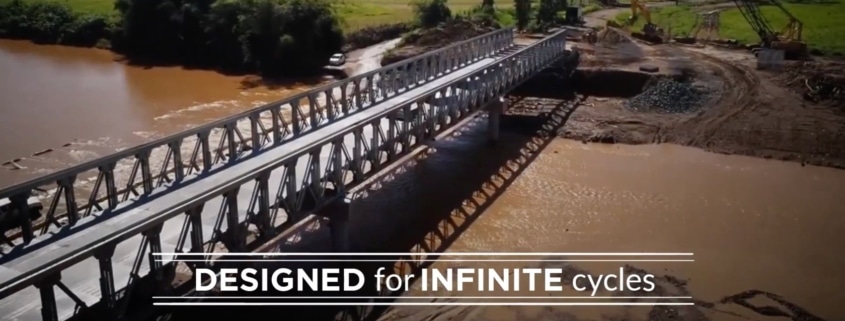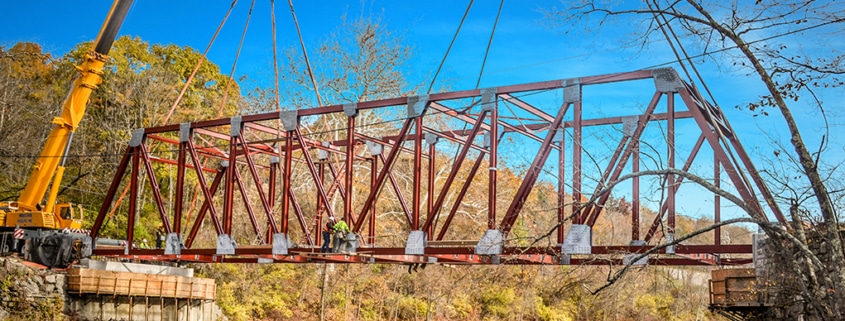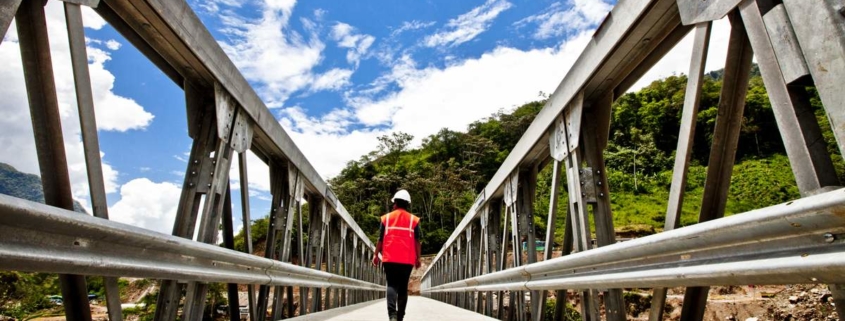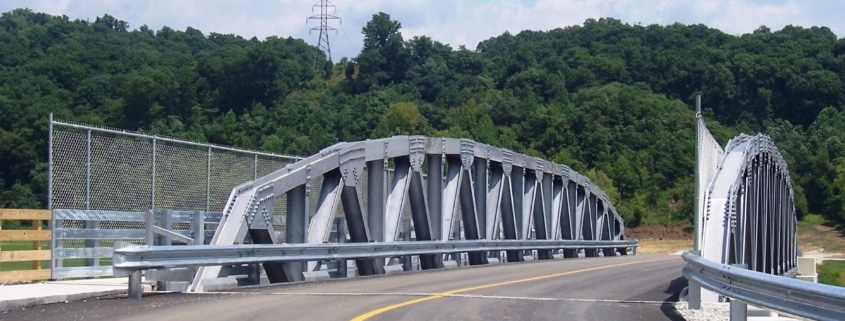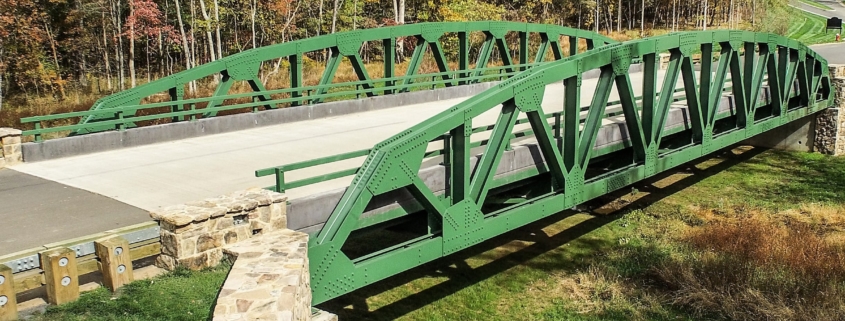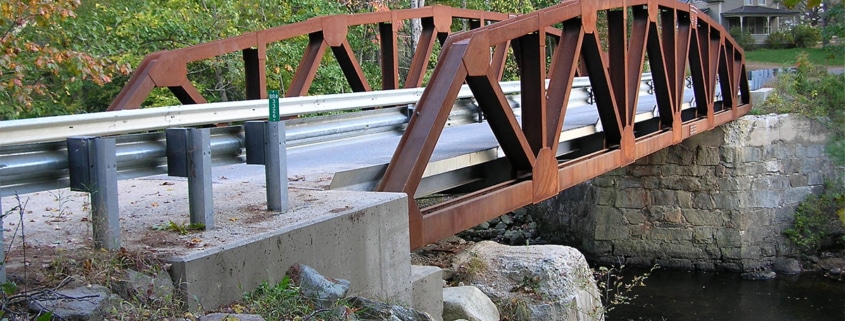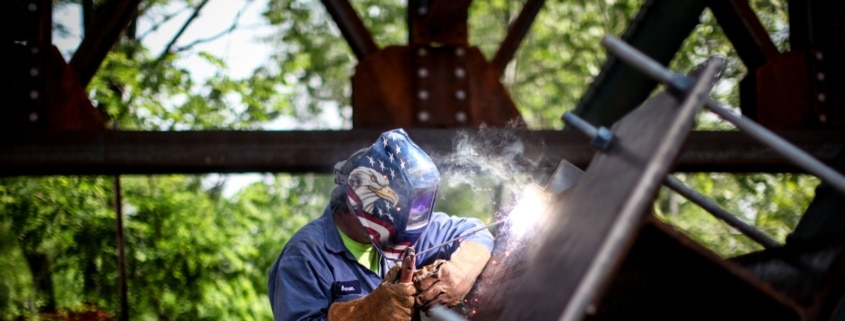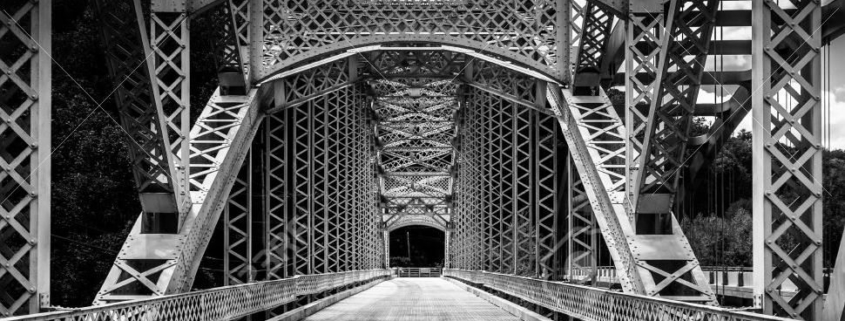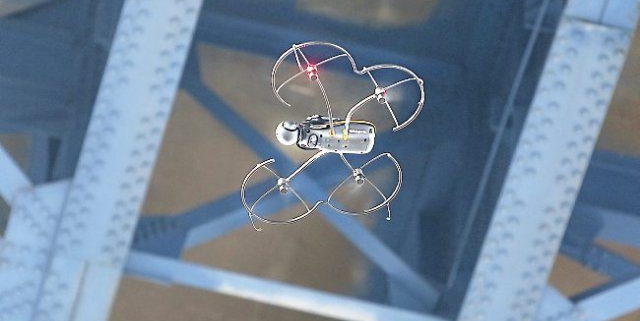Watch our summary video from Puerto Rico post Hurricane Maria and the work that was done.
During devastation, we are there to help. Please fill out a free quote for more information on how we can partner with you to help during the most stressful of times.
The following is the transcript from the video Puerto Rico post Hurricane Maria in both English and Spanish
Puerto Rico post Hurricane Maria: English Translation
In September of 2017, Hurricane Maria brought devastation to the island of Puerto Rico. This level 5 hurricane left the country without power … and over 1100 lives were lost to this catastrophic event.
U.S. Bridge brought relief to 5 communities throughout the island. This was achieved through use of modular designed Liberty bridges. In just six weeks, the bridges were manufactured and installation was completed to reconnect residents across the island. Over 850 metric tons of U.S. steel was used to create more than 950 feet of bridge. The Liberty Bridge design has been rigorously tested to ensure durability, and longevity.
Hope was restored. Life is getting back to normal. U.S. Bridge is committed to strengthening infrastructure by creating and reinforcing bridges that keep goods and services moving efficiently. The company’s primary goal in Puerto Rico is to aid those affected by the hurricane so that life can return to normal as quickly as possible.
U.S. Bridge is an Ohio based company with decades of bridge design, engineering, manufacturing, and construction experience. Inquire more about how the company is changing and strengthening America and the world’s infrastructure, one bridge at a time. Learn more at USBridge.com
Puerto Rico post Hurricane Maria: Spanish Translation
Este video es un resumen del trabajo realizado por U.S. Bridge en Puerto Rico después de que el huracán María dejó el país devastado.
En septiembre del 2017, el huracán María trajo devastación a la isla de Puerto Rico. Este huracán de nivel 5 dejó el país sin energía eléctrica … y más de 1100 vidas fueron perdidas en este evento catastrófico.
U.S. Bridge trajo alivio a 5 comunidades en toda la isla. Esto se logró mediante el uso de puentes Liberty de un diseño moderno de forma modular. En solo seis semanas, se fabricaron los puentes y se completó la instalación para volver a conectar a los residentes de toda la isla. Se usaron más de 850 toneladas métricas de acero de EE. UU. para crear más de 950 pies de puente. El diseño del puente Liberty ha sido rigurosamente probado para garantizar la durabilidad y la longevidad.
La esperanza fue restaurada. La vida está volviendo a la normalidad. U.S. Bridge se compromete a fortalecer la infraestructura mediante la creación y el refuerzo de puentes que mantengan los bienes y servicios en movimiento de manera eficiente. El objetivo principal de la compañía en Puerto Rico es ayudar a las personas afectadas por el huracán para que la vida pueda volver a la normalidad lo más rápido posible.
U.S. Bridge es una compañía con sede en Ohio que cuenta con décadas de experiencia en diseño, ingeniería, fabricación y construcción de puentes. Investigue más acerca de cómo la compañía está cambiando y fortaleciendo los Estados Unidos y la infraestructura mundial, un puente a la vez.
Get a free quote after devastation strikes
We want to reiterate, we are here to help. Please fill out a free quote if you live in an area where devastation has done damage to bridges. We can partner with you to help.

